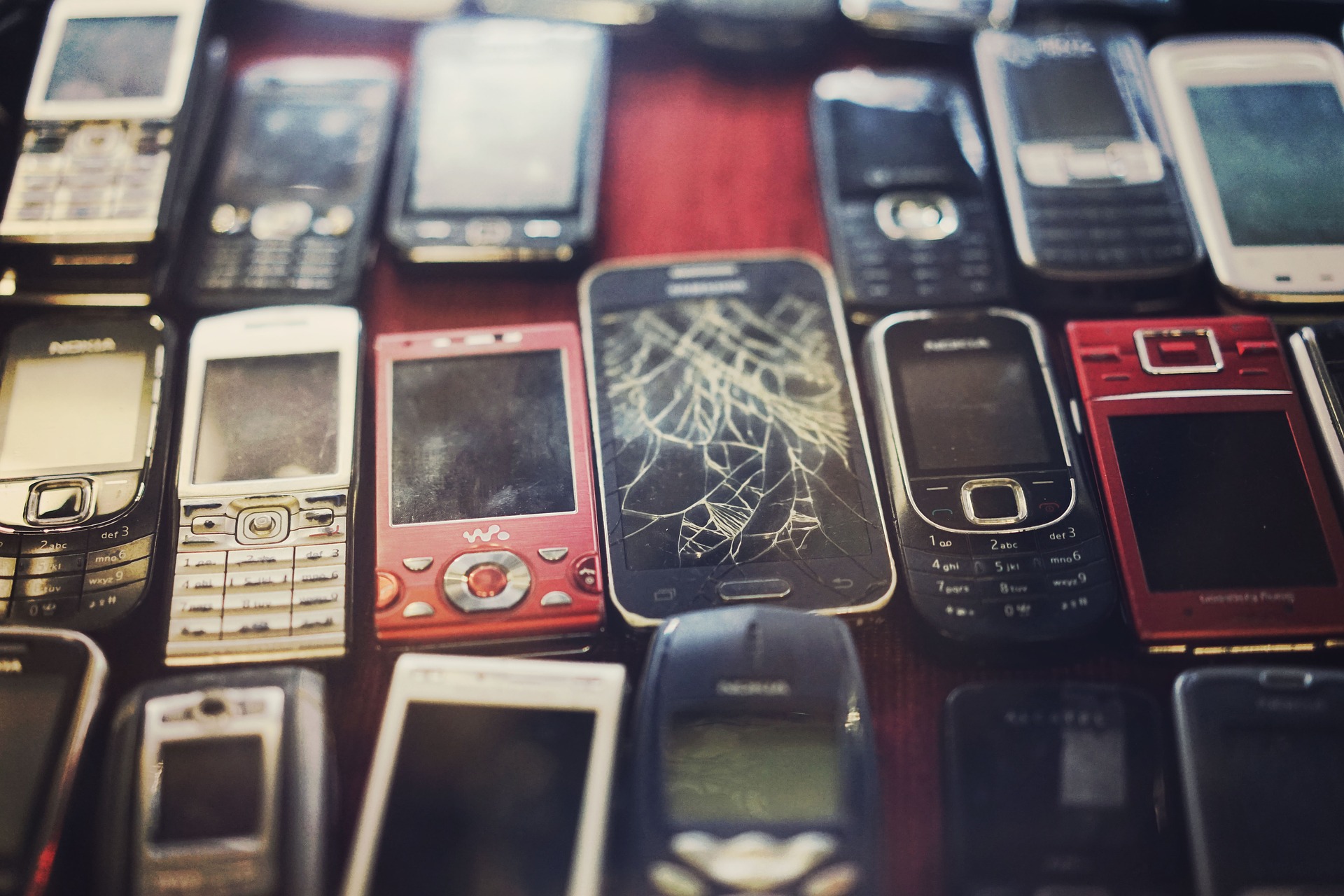
Spring cleaning involves clearing out clutter that collects in the home. In the spirit of the season, we've been providing guidance on how to reduce clothing clutter. We now shift focus to another key item: electronics.
The ever-evolving nature of our digital lives results in all kinds of electronic detritus, and it's not uncommon to have drawers, shelves, or even garages full of various gadgets. According to the U. S. Environmental Protection Agency (USEPA), Americans generate over 3 million tons of obsolete electronic products each year (called e-waste).
There are two reasons why electronics should never be thrown away: 1) they may contain hazardous materials, such as lead and mercury, and disposal is thus illegal, and 2) they may contain valuable metals, such as copper and gold.
On top of that there is the potential for energy savings. For example, the USEPA indicates that if Americans were to recycle 1 million laptops, the energy saved would be equivalent to the amount of electricity consumed by over 3,600 homes in a single year.
Of course, the challenge with reducing electronic clutter versus other clutter is not deliberating over what you should get rid of, but rather where you can get rid of unwanted stuff in a responsible way. Selling used electronics on eBay or Craigslist is always possible, but if that fails, then what? Here are a few resources to help you find a place that will accept your gadgets.
The Life Cycle of Electronics
 Reuse and recycling returns e-waste to the supply chain, reducing the need to manufacture new items.
Reuse and recycling returns e-waste to the supply chain, reducing the need to manufacture new items.
Source: USEPA
Reuse and Recycling
Most states have enacted laws requiring that electronics manufacturers take back old equipment through a drop-off or mail-in program. But some companies enacted voluntary take-back programs even before laws were passed.
You should always check with your local waste management authority (usually at the county government level in more rural areas) for information on where you can drop off unwanted electronics. Three other resources are: 1) The National Center for Electronics Recycling, and 2) Call2Recycle, an organization that maintains a database of recycling locations for cellphones and batteries.
To find the closest technology recycling center to you, enter your location into this Technology Recycling Map.
Donate to a Good Cause

Local charities will sometimes host e-waste donation drives to raise funds. Two organizations that regularly accept old computers and other electronics are the National Cristina Foundation, which provides computers and other technology to those with disabilities, and the World Computer Exchange, which provides computers to youth in developing countries.
If you have an old flip phone, you can donate it to Secure the Call. The nonprofit collects old unwanted cellphones and inspects them so that they can be used to call 911. The cellphones are then shipped to agencies, companies, and institutions across the nation that redistributes the phones to individuals that are at a high risk for needing emergency services.
Wipe It Clean and Back It Up

It is essential that you clear all personal data from your phone or laptop before you donate or recycle.
For most smartphones, you can factory reset it so it wipes all of your information off your device. Make sure you take out your SIM card and save all your information externally. For computers and laptops, make sure you reset your device and also backup your data.
